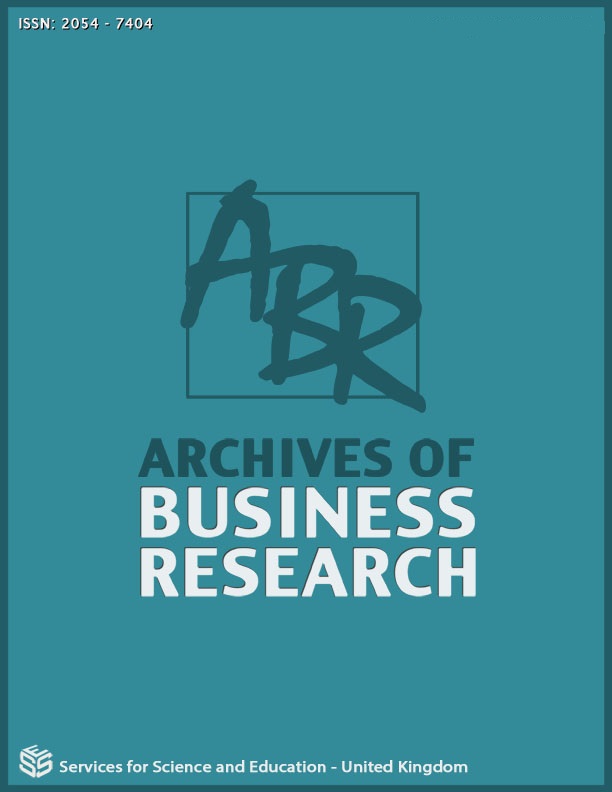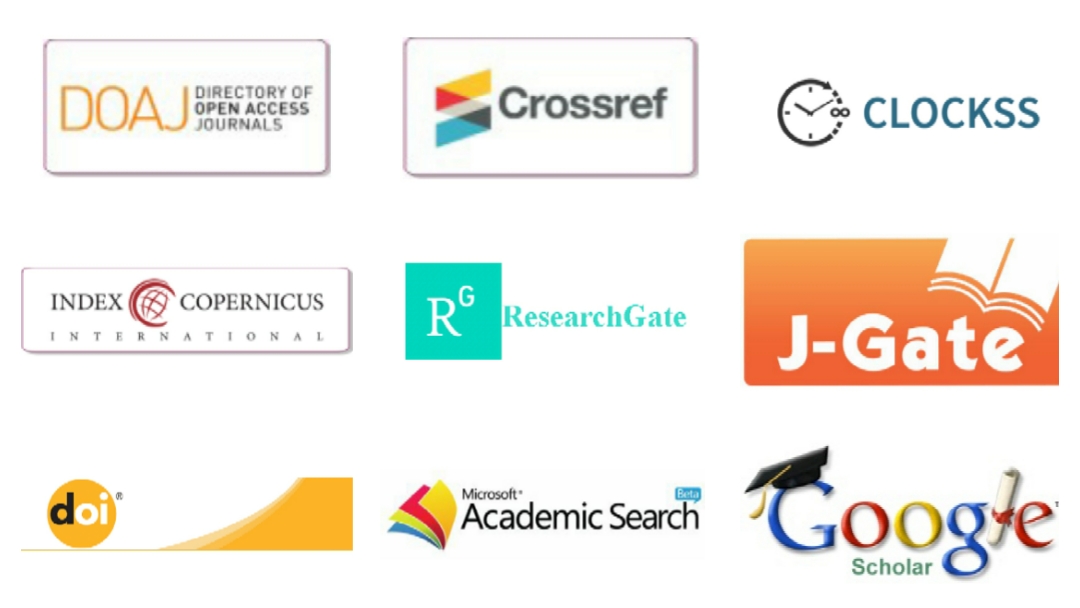Socio-Psychological and Cultural Motives of ASEAN Tourist
DOI:
https://doi.org/10.14738/abr.111.13695Keywords:
Socio-Psychological, Cultural, Motives, ASEAN, TouristAbstract
This study aimed to examine the level of motives of Association of Southeast Asian Nations (ASEAN) tourists in terms of Socio-psychological motives and Cultural motives based on the responses of ASEAN tourists. The research used descriptive method in assessing the factors affecting the decision making of ASEAN tourist to travel based on the theory of Ap and Crompton. The study used modified questionnaire designed to obtain socio-psychological and cultural motives. The research concluded that the level of ASEAN travel motivation is very high, it indicates that the ASEAN Tourists has a very high travel motive. There is no significant difference in Travel Motives of ASEAN tourist when analyzed according to the profile of respondents. Socio-Psychological Motives or Push Factors were perceived as Moderately Important, suggesting that ASEAN must improve the tourist attractions and sustain the affordable cost for living and education. Further, local government should sustain the economic and tourism stability for foreign investors.
Downloads
Published
How to Cite
Issue
Section
License
Copyright (c) 2023 Kymwell Hinlayagan, Kiven

This work is licensed under a Creative Commons Attribution 4.0 International License.






